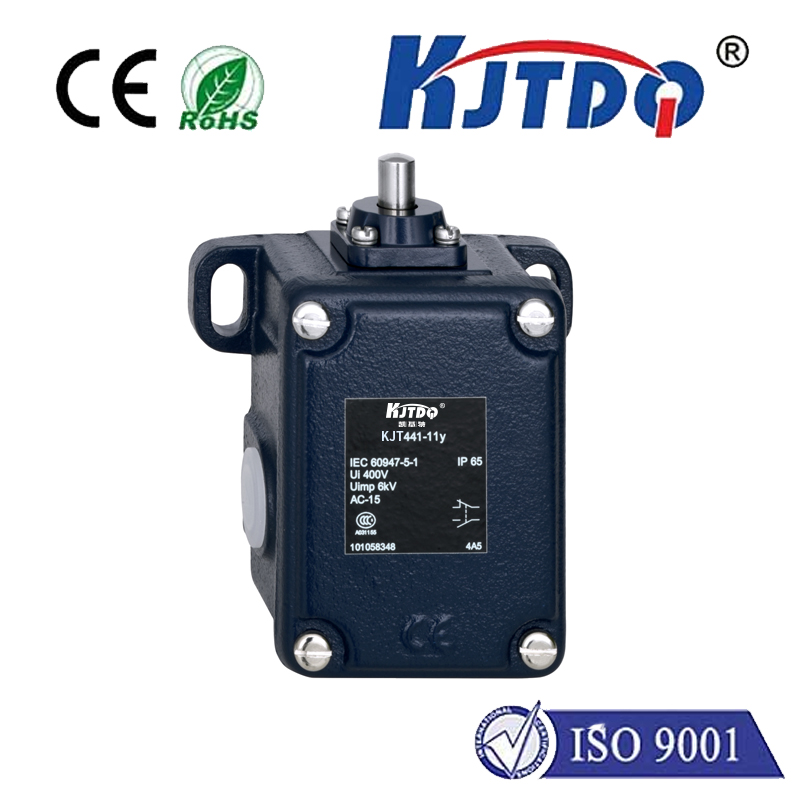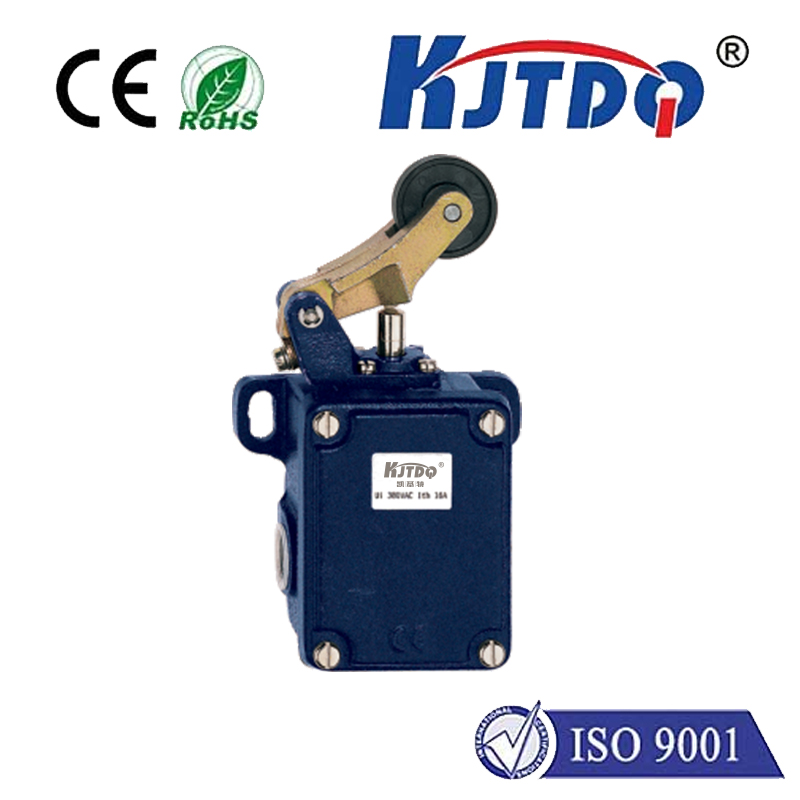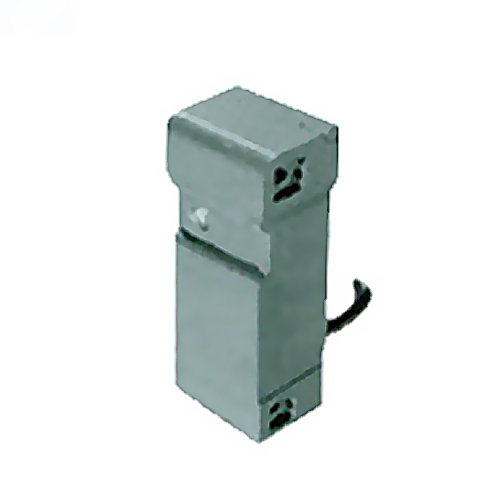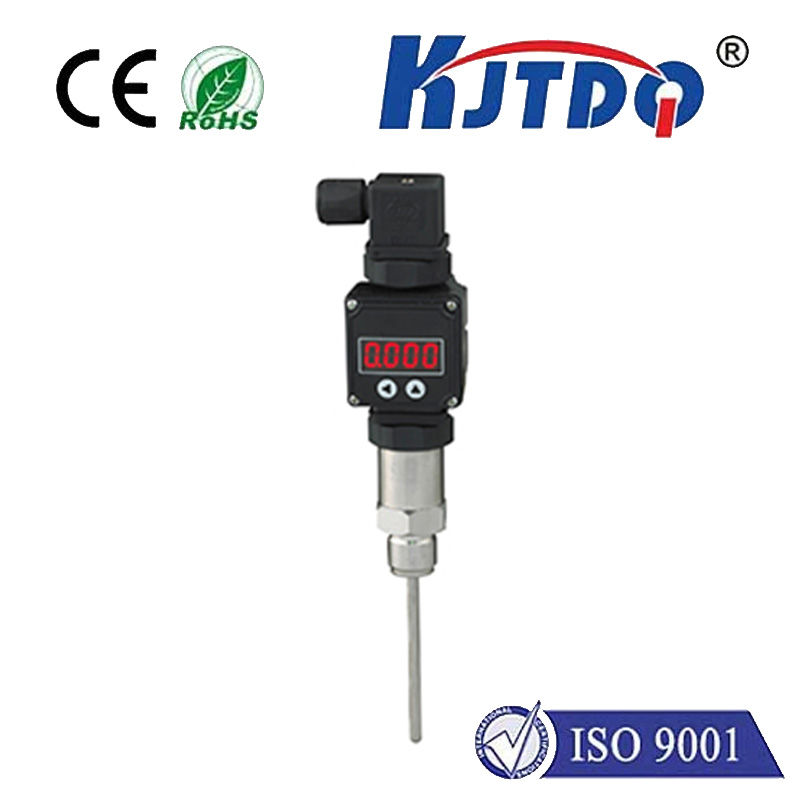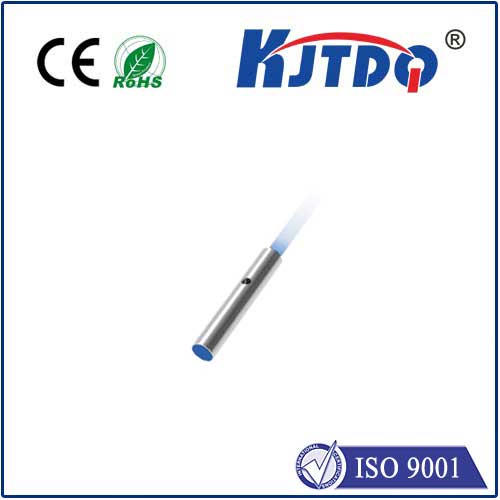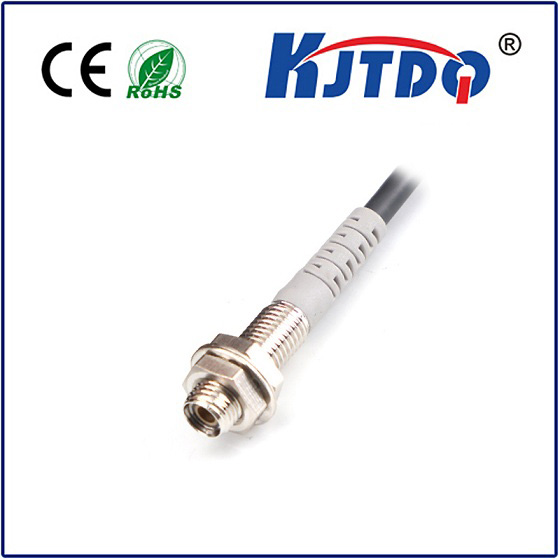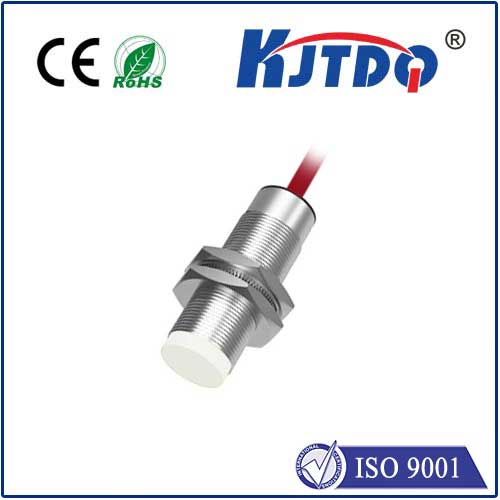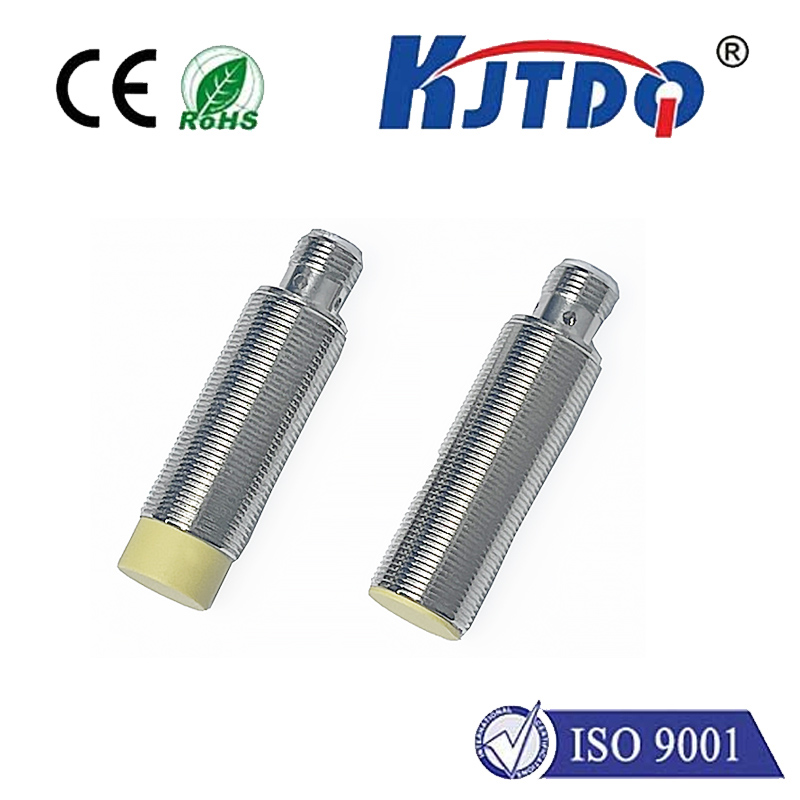

check

check

check

check

check

check

check

check

check

check
Title: The Evolution of Precision Distance Sensors and Their Impact on Technological Breakthrough
As technology continues to advance at a rapid pace, the need for precise measurements has become increasingly important in various industries. This is where precision distance sensors come into play. These sensors have revolutionized many aspects of technology, from manufacturing to automotive and even healthcare. In this article, we will discuss how precision distance sensors have evolved over time and their impact on technological breakthroughs.
Precision distance sensors are devices that accurately measure the distance between two points. They work by sending out a signal and measuring the time it takes for the signal to bounce back after hitting an object. This information is then used to calculate the distance between the sensor and the object. There are different types of precision distance sensors, including ultrasonic, infrared, laser, and capacitive sensors. Each type has its own advantages and disadvantages, depending on the application.

The use of precision distance sensors can be traced back to the early days of industrial automation. At that time, these sensors were primarily used for basic tasks such as counting objects or detecting their presence. However, with advancements in technology, precision distance sensors have become more sophisticated and can now perform complex tasks with high accuracy.
One area where precision distance sensors have had a significant impact is in manufacturing. Industrial automation relies heavily on these sensors to ensure that machines operate efficiently and accurately. For example, robotic arms use precision distance sensors to accurately position themselves during assembly lines. This has greatly increased productivity while reducing human error.
In the automotive industry, precision distance sensors are used in advanced driver-assistance systems (ADAS). These systems use multiple sensors to monitor the vehicle's surroundings and provide real-time feedback to the driver. Features such as adaptive cruise control, automatic emergency braking, and lane departure warning all rely on precision distance sensors to function correctly.
The healthcare industry has also benefited from precision distance sensors. Medical devices such as surgical robots utilize these sensors to improve accuracy during surgeries. Additionally, wearable devices like fitness trackers use precision distance sensors to track steps and other physical activities accurately.
In conclusion, precision distance sensors have come a long way since their inception. They have played a crucial role in advancing various industries by improving efficiency and accuracy. As technology continues to evolve, we can expect further developments in precision distance sensors, leading to even greater breakthroughs in the future.
